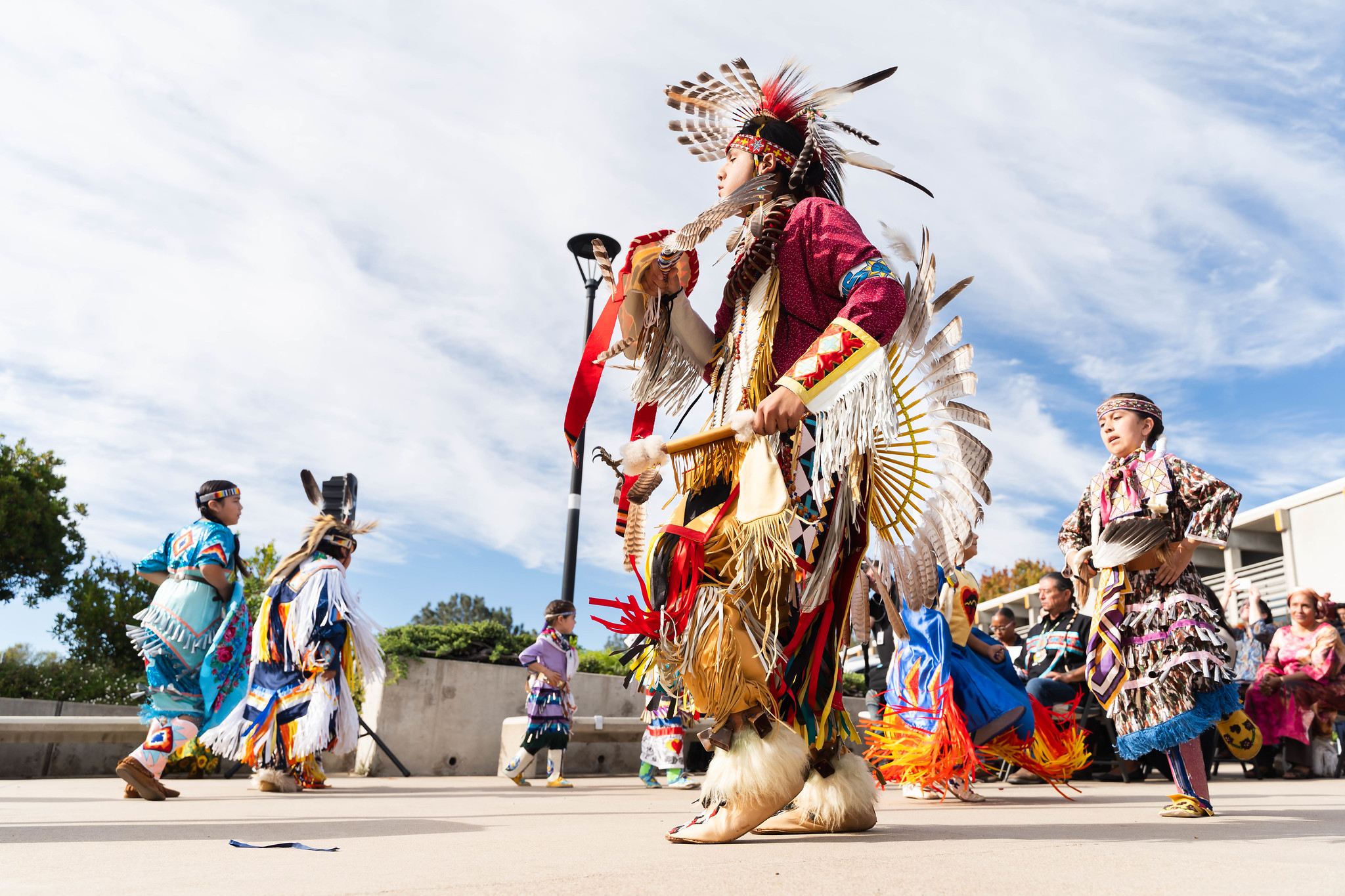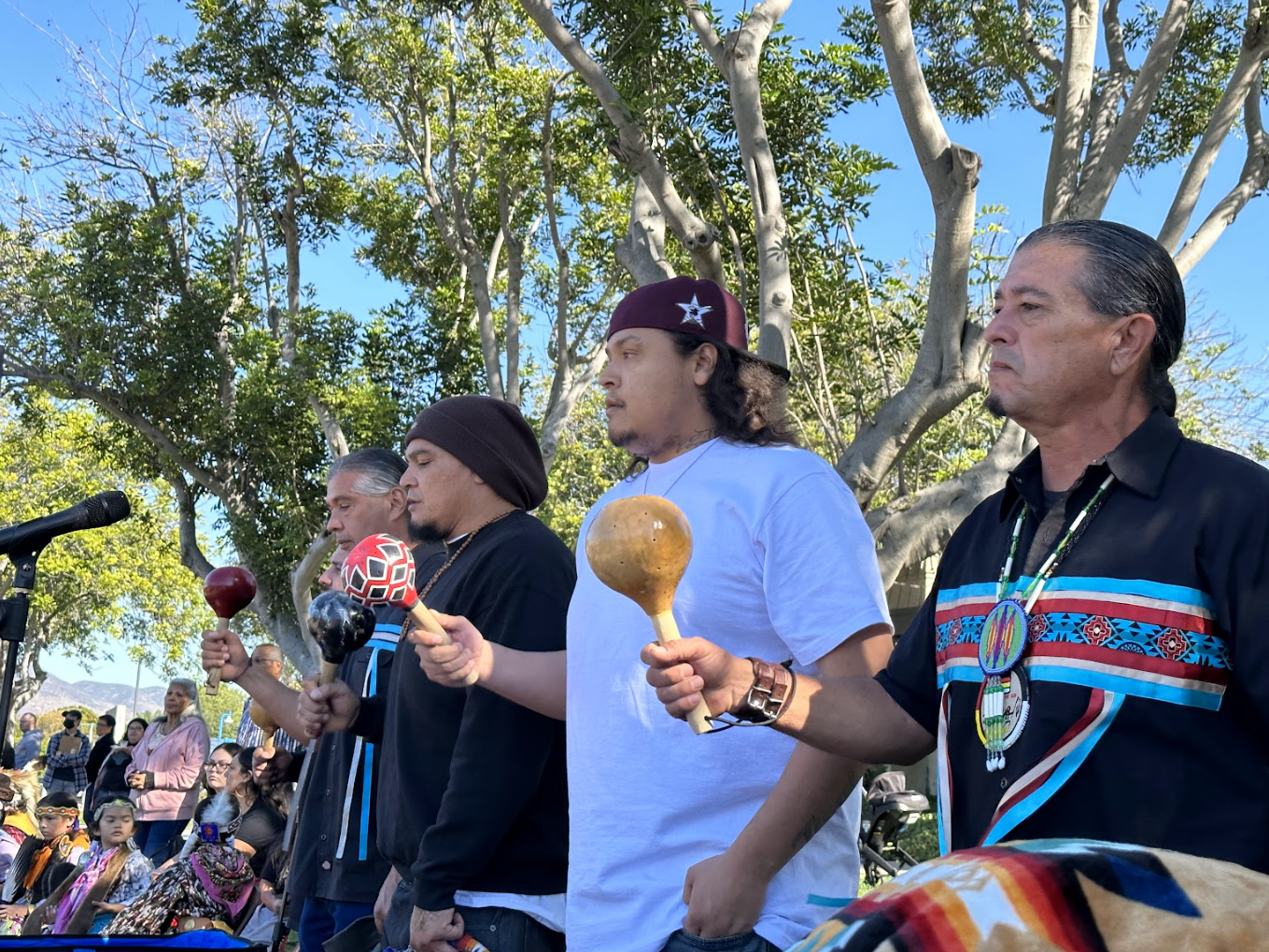
Enduring Roots: The Living Legacy of San Diego’s Indigenous Peoples
San Diego, a city renowned for its sun-kissed beaches and vibrant urban sprawl, conceals a deeper, far older narrative beneath its modern veneer. For millennia before the arrival of European explorers, this land was, and remains, home to a rich tapestry of Indigenous cultures whose practices and traditions continue to shape its identity. Far from being relics of the past, the Kumeyaay, Luiseño, Cupeño, Cahuilla, and Serrano peoples represent a living legacy, their resilience, wisdom, and enduring presence offering vital lessons in stewardship, community, and survival.
At the heart of San Diego County’s Indigenous story are the Kumeyaay people, also known as Diegueño, whose ancestral territory spans from the Pacific Ocean eastward past the Colorado River, and from present-day Oceanside south into Baja California, Mexico. They are the original inhabitants of what is now the city of San Diego, with a continuous presence dating back over 10,000 years. Their intricate knowledge of the land, its seasons, and its resources allowed them to thrive in a diverse environment ranging from coastal estuaries to arid deserts and mountain ranges.
Pre-contact Kumeyaay society was sophisticated and sustainable, built upon a hunter-gatherer-fisher economy that meticulously managed local ecosystems. Acorns, harvested from vast oak groves, were a staple, processed into a nutritious meal through an elaborate leaching and grinding process. Agave, mesquite, and a plethora of native plants provided food, medicine, and materials for tools and shelter. The ocean and bays yielded an abundance of fish, shellfish, and marine mammals, harvested with advanced fishing techniques and knowledge of tidal patterns. "Our ancestors understood the interconnectedness of everything," states Stan Rodriguez, a Kumeyaay language and cultural instructor from the Santa Ysabel Band of Kumeyaay Indians. "They lived not just on the land, but with it, ensuring its health for future generations." This deep ecological wisdom, often dismissed by early European observers, was the bedrock of their enduring prosperity.
Beyond subsistence, Kumeyaay culture was characterized by a rich spiritual life, complex social structures, and vibrant artistic expressions. Their cosmology revered the natural world, with sacred sites like Mount Cuchama (Tecate Peak) serving as centers for spiritual ceremonies and vision quests. Oral traditions, passed down through generations, recount creation stories, ethical guidelines, and historical events, preserving a vast repository of knowledge. Language, particularly the Ipaii and Tipai dialects, was the vehicle for this transmission, embodying their unique worldview. Traditional arts, such as intricate basket weaving – renowned for its tight coils and geometric patterns – and pottery, were not merely decorative but functional, reflecting the beauty and utility inherent in their daily lives. Governance was decentralized, with autonomous villages guided by hereditary leaders, or kwaaypaays, and councils of elders, ensuring community cohesion and collective decision-making.
The arrival of the Spanish in 1769, marking the establishment of Mission San Diego de Alcalá, shattered this ancient way of life. The mission system, ostensibly for conversion, forcibly relocated Kumeyaay people, suppressed their language and spiritual practices, and subjected them to forced labor, disease, and violence. The population plummeted, and traditional land management practices were disrupted. This initial shock was followed by further dispossession under Mexican and later American rule, as gold rushes, westward expansion, and the imposition of the reservation system fragmented communities and eroded their land base. Boarding schools, designed to "kill the Indian to save the man," systematically stripped children of their culture, language, and family ties, leaving a traumatic legacy that reverberates to this day.

Yet, despite these devastating assaults, the Kumeyaay and other Indigenous peoples of San Diego County refused to be extinguished. Their resilience is a testament to the strength of their cultural identity and their unwavering connection to their ancestral lands. Elders continued to teach the language in secret, practice ceremonies away from prying eyes, and pass down the stories and knowledge that kept their culture alive. "We are still here," affirms one Kumeyaay elder, "and we carry the strength of our ancestors within us. Our traditions are not just history; they are our future."
Today, San Diego County is unique in the United States, home to 19 federally recognized tribes, the majority of whom are Kumeyaay. These sovereign nations—including Barona, Sycuan, Viejas, Jamul, Mesa Grande, and many others—are not just surviving; they are thriving and leading dynamic revitalization efforts. Economic development, often through gaming enterprises, has provided the resources necessary to establish robust tribal governments, build modern infrastructure, and invest in their communities. This self-determination allows tribes to fund essential services like healthcare, housing, education, and cultural programs, areas historically neglected by federal and state governments.
Language revitalization is a cornerstone of this resurgence. Programs at tribal cultural centers, community colleges, and universities, like Kumeyaay Community College, are working diligently to teach the Kumeyaay language to new generations. Digital resources, including apps and online dictionaries, are making learning more accessible. These efforts are crucial, as language is inextricably linked to worldview and cultural identity. "To speak our language is to think in the way our ancestors thought, to see the world through their eyes," explains a Kumeyaay linguist working on language preservation.
Cultural centers and museums, such as the Barona Cultural Center & Museum and the Sycuan Cultural Center, serve as vital hubs for preserving and sharing traditional knowledge. They house invaluable artifacts, host cultural events, and provide educational programs for both tribal members and the broader public, countering historical misrepresentations and fostering understanding. These institutions are critical in educating the public about the true history and contemporary vitality of Indigenous peoples.
Furthermore, San Diego’s Indigenous communities are at the forefront of environmental stewardship, advocating for traditional ecological knowledge (TEK) to inform modern land management practices. They are leading efforts in fire prevention through controlled burns, water conservation, and the protection of sacred sites from development. Their millennia-old understanding of the local ecosystems offers invaluable insights into sustainable living, particularly relevant in an era of climate change. Many tribes are actively involved in restoring native habitats and reintroducing traditional plant species, demonstrating their enduring commitment to their ancestral lands.
Education is another powerful avenue for self-determination. Tribal schools provide culturally relevant curricula, while scholarship programs support tribal members pursuing higher education. This focus on education ensures that future generations are equipped with the skills to navigate both the modern world and their traditional heritage, becoming leaders in their communities and beyond.
The arts continue to flourish, with contemporary Indigenous artists blending traditional techniques with modern expressions, creating works that reflect both their heritage and their current experiences. Basket weaving, pottery, and storytelling are being re-learned and innovated, ensuring these vital cultural practices continue to evolve.
In essence, the Indigenous communities of San Diego are not a footnote in the region’s history; they are its foundational chapter and a vibrant, ongoing presence. Their journey from millennia of self-sufficiency, through the devastating impacts of colonization, to a contemporary era of revitalization and self-determination, offers profound lessons in resilience, cultural endurance, and the enduring power of community. To truly understand San Diego is to acknowledge, respect, and engage with the living legacy of its original inhabitants, recognizing their past contributions, celebrating their present vibrancy, and supporting their future aspirations as stewards of this ancient, beautiful land.
